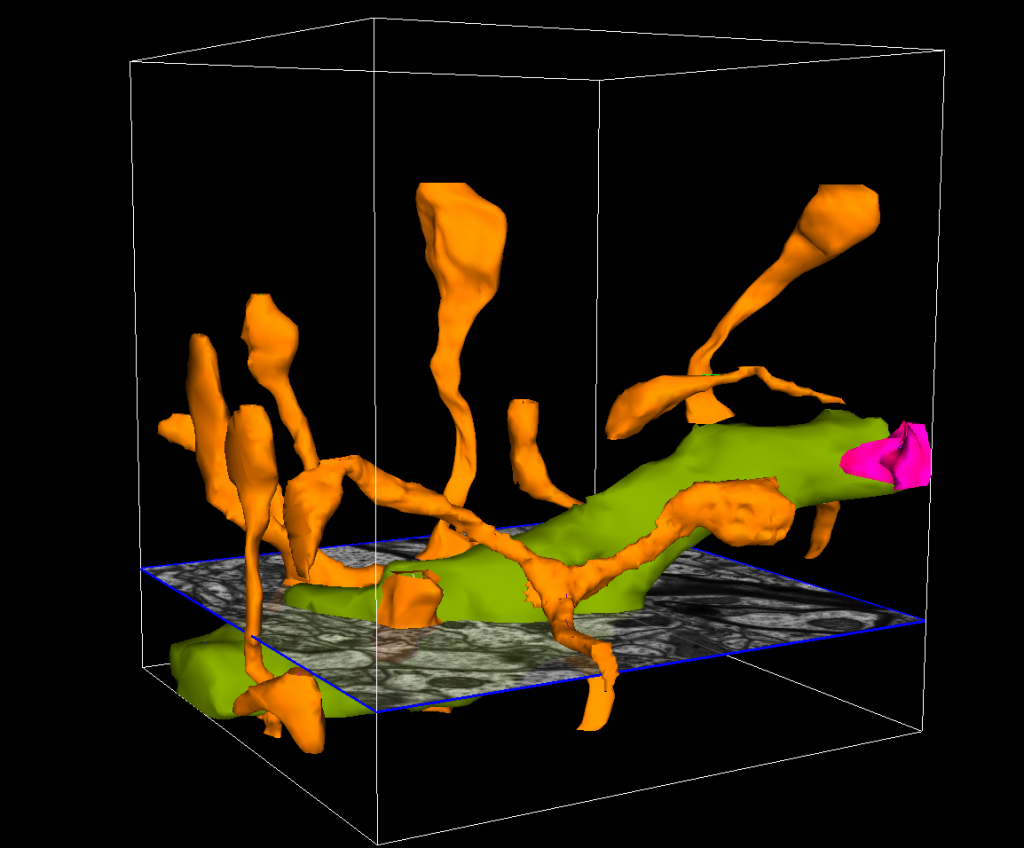
Scientists use Neurolucida Reconstructions to Analyze Dendritic Trees
No two trees are exactly alike, in the forest or in the brain. Though despite the diversity of dendritic arborizations, when it comes to branching out different types of neurons do have a couple things in common, say researchers at the National Institute for Physiological Sciences in Okazaki, Japan.
Led by longtime MBF Bioscience customer Dr. Yoshiyuki Kubota, the research team identified two organizational principles common to the dendritic trees of four different types of neurons.
“First, dendritic cross-sectional areas were found to be proportional to the total lengths of all distal dendritic segments. Second, nonpyramidal neuron dendrites were found to be elliptical, rather than circular, with the degree of ellipticity decreasing with dendritic size and increasing with distance from the soma,” according to the paper published last week in Scientific Reports.
The scientists used Neurolucida to carry out their analysis, forming 3D reconstructions of a Martinotti cell, a fast-spiking basket cell, a double-bouquet cell, and a large basket cell.
“Our data suggest that, in healthy neurons, dendritic structure is more precisely regulated than might be guessed given the diversity of dendritic tree morphologies,” the researchers say in their study. “It will be important for future work to assess the detailed morphology of dendrites in pathological tissue to test if alterations in dendritic tapering and branch point uniformity might participate in generating the cognitive deficits associated with disease.”
Read the full paper “Conserved properties of dendritic trees in four cortical interneuron subtypes” on Scientific Reports.
Yoshiyuki Kubota, Fuyuki Karube, Masaki Nomura, Allan T. Gulledge, Atsushi Mochizuki, Andreas Schertel, Yasuo Kawaguchi. “Conserved properties of dendritic trees in four cortical interneuron subtypes” Scientific Reports, 2011; 1 DOI: 10.1038/srep00089



